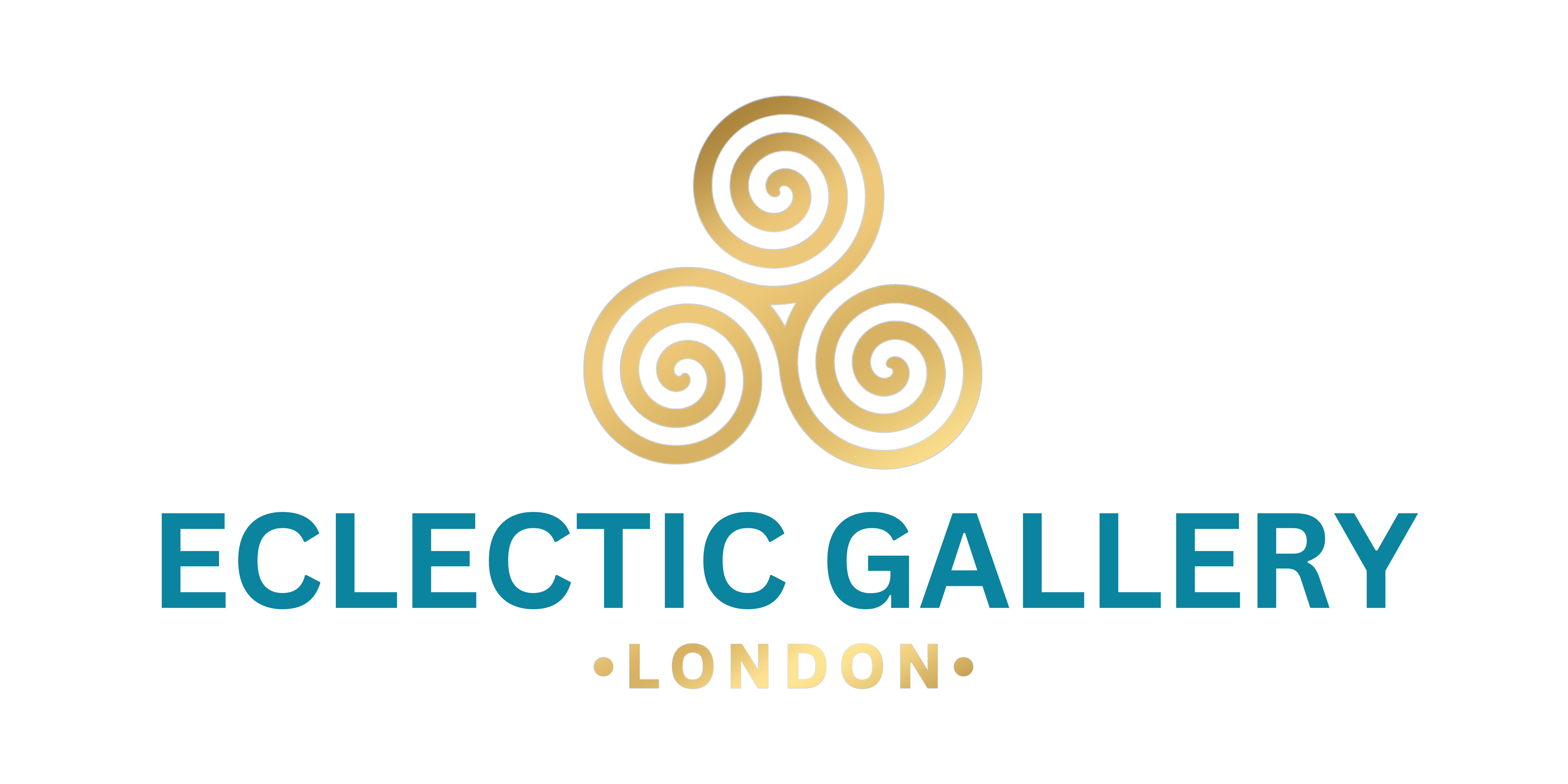Controversial art has long been a subject of intrigue and debate within the art world. It pushes the boundaries of societal norms, challenges established conventions, and often sparks intense discussions about what is considered acceptable in artistic expression.
What is considered controversial art? At its core, controversial art encompasses works that provoke strong reactions, challenge conventional thinking, or push the boundaries of social, political, or cultural norms. This can include art that addresses taboo subjects, employs shocking imagery, or challenges traditional artistic techniques.
But are there limits to what is acceptable in art? This question lies at the heart of many debates surrounding controversial art. While freedom of expression is a fundamental aspect of artistic creation, some argue that there are ethical or moral boundaries that artists should not cross. However, others believe that art should be unrestricted, serving as a platform for exploring even the most uncomfortable or controversial topics.
The controversy surrounding modern art is a prime example of how artistic expression can challenge societal norms. In the early 20th century, movements like Dadaism and Surrealism shocked audiences with their unconventional techniques and provocative subject matter. Artists like Marcel Duchamp, known for his controversial "Fountain" piece, challenged the very definition of art, sparking debates about the role of the artist and the nature of creativity.
Boundaries in art are fluid and constantly evolving. What may be considered controversial or unacceptable in one context or time period may be embraced or celebrated in another. This fluidity is what allows art to remain relevant and thought-provoking across generations.
When it comes to the most controversial form of art, opinions vary widely. Some may point to provocative performance art, while others argue that controversial sculptures or paintings elicit the strongest reactions. Ultimately, the most controversial form of art is subjective, as it depends on individual perspectives and cultural contexts.
Art criticism plays a crucial role in shaping discussions about controversial art. Critics offer diverse perspectives, ranging from formal analysis of artistic techniques to socio-political interpretations of meaning. Some common criticisms include critiques of artistic skill, thematic coherence, cultural appropriation, and ethical considerations.
Criticism of art is multifaceted and can encompass a wide range of perspectives. Some may critique art for its lack of originality or technical skill, while others may challenge its social or political implications. The diversity of opinions surrounding art reflects its complexity and the myriad ways it can be interpreted and understood.
Art is often controversial because it challenges established norms, provokes thought, and pushes the boundaries of acceptability. By its very nature, art is a form of expression that invites interpretation and debate. What one person may find offensive or controversial, another may see as thought-provoking or inspiring.
But does art need boundaries? This question lies at the heart of the debate surrounding controversial art. While some argue that boundaries are necessary to maintain ethical standards and protect societal values, others believe that art thrives when it is unrestricted and free from censorship.
In conclusion, controversial art serves as a powerful reminder of the complexities of human expression and the ever-changing nature of societal norms. By pushing boundaries and challenging conventions, artists provoke thought, spark dialogue, and push the boundaries of what is considered acceptable in the art world. As we continue to grapple with questions of artistic freedom and ethical responsibility, it is clear that controversial art will remain a source of fascination and debate for generations to come.

